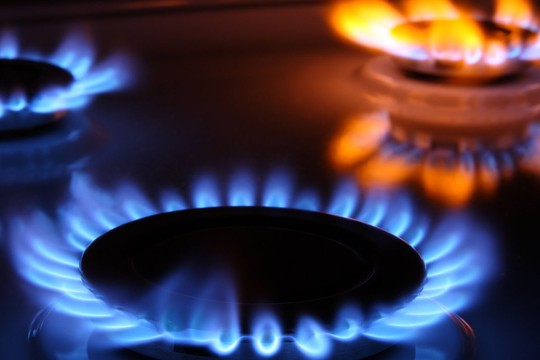Shortages of the fuel are rippling throughout the global economy, threatening recessions and a further wave of inflation, - writes Bloomberg.
The war in Ukraine catalyzed the gas crisis by taking out a crucial chunk of supply. Now the scramble to fill that gap is turning into a worldwide stampede, as countries race to secure scarce cargoes of liquefied natural gas (LNG).
That’s because natural gas is the hottest commodity in the world right now. It’s a key driver of global inflation, posting price jumps that are extreme even by the standards of today’s turbulent markets — some 700% in Europe since the start of last year, pushing the continent to the brink of recession.
In short, natural gas now rivals oil as the fuel that shapes geopolitics. And there isn’t enough of it to go around.
To meet all the new demand will require a massive wave of investment in supply. That’s already under way, and it got a boost at the Western world’s biggest economies, where G-7 leaders vowed to back public investments in gas projects — saying they’re “necessary in response to the current crisis.”
Natural gas used to be a sleepy commodity that changed hands in fragmented regional markets. Now, even though globalization appears to be in retreat across much of the world economy, the gas trade is headed in the opposite direction. It’s globalizing fast — but maybe not fast enough.
Many countries have turned to natural gas as part of a transition to cleaner energy, as they seek to phase out use of dirtier fossil fuels like coal and in some cases nuclear power too. Major producers — like the US, which has quickly risen up the ranks of LNG exporters to rival Qatar as the world’s biggest — are seeing surging demand for their output. With key political allies from Germany to Ukraine desperate to buy American gas, US manufacturers warn that more sales abroad will mean higher costs at home.
“You have global gas prices so high that they incentivize the signing of new long-term contracts,” says Samantha Dart, head of natural gas research at Goldman Sachs. “We are seeing those announcements coming left and right, with a lot of US proposed liquefaction facilities.” And poorer countries that built energy systems around cheap gas are now struggling to afford it. Forty-four countries imported LNG last year, almost twice as many as a decade ago.
Shipyards in South Korea, where most of the world’s LNG tankers are built, are seeing a surge in orders that’s leaving them short of skilled labor. They’ve been forced to look outside the country to places like Thailand for welders, electricians and painters, raising their quotas for migrant workers.
Russia is cutting back on pipeline deliveries to Europe — which says it wants to stop buying from Moscow anyway, if not quite yet. Germany says gas shortfalls could trigger a Lehman Brothers-like collapse, as Europe’s economic powerhouse faces the unprecedented prospect of businesses and consumers running out of power.
But Europe’s breakneck efforts won’t be enough, according to Bloomberg Intelligence, which calculates that LNG imports could meet 40% of the region’s gas needs by 2026 — double last year’s figure, but still far short of the volumes that Russia has been supplying.
That’s why warnings of a gas-driven slump in Europe’s economies are escalating.
read more in our Telegram-channel https://t.me/The_International_Affairs

 10:12 08.07.2022 •
10:12 08.07.2022 •























